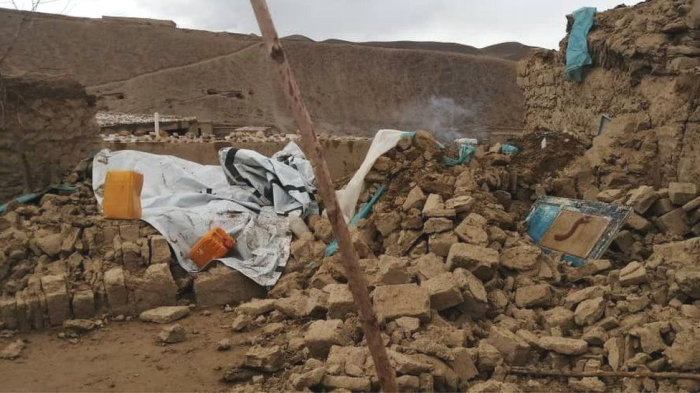At least four people were injured while the dead included women and children, according to the United Nations Office for the Coordination of Humanitarian Affairs. Villagers in the area were still searching on Tuesday for their family members and removing items stuck under the mud.
According to the U.N. statement, hundreds of mud-brick houses that were destroyed were already vulnerable due to heavy rains in the country. Many survivors spent the night sheltering at their relatives' houses while others stayed among the ruins of their homes.
The United States Geological Survey on Monday registered a magnitude 5.3 quake at 2 p.m. and a second, magnitude 4.9, at 4 p.m. local time (9:30 a.m. and 11:30 a.m. GMT). They struck 41 kilometers (25 miles) east and 50 kilometers (31 miles) southeast of Qala-e-Naw, the provincial capital in Badghis. The province lies along the border with Turkmenistan and is one of Afghanistan's most underdeveloped and impoverished regions.
The quakes were felt across three western provinces – Badghis, Ghor and Herat – the U.N. statement said.
"People whose homes have been damaged or destroyed are being hosted by their relatives and other members of their communities," the U.N. said. "Preliminary reports indicate that food, shelter, and non-food items, and heating materials are most urgently needed.”
The Taliban, who took over the country in mid-August, called on international aid organizations to provide immediate help, including tents and other basic necessities, for the victims. The Taliban put the death toll at 22; the disparity in the figures could not immediately be reconciled.
More about: Afghanistan
















































